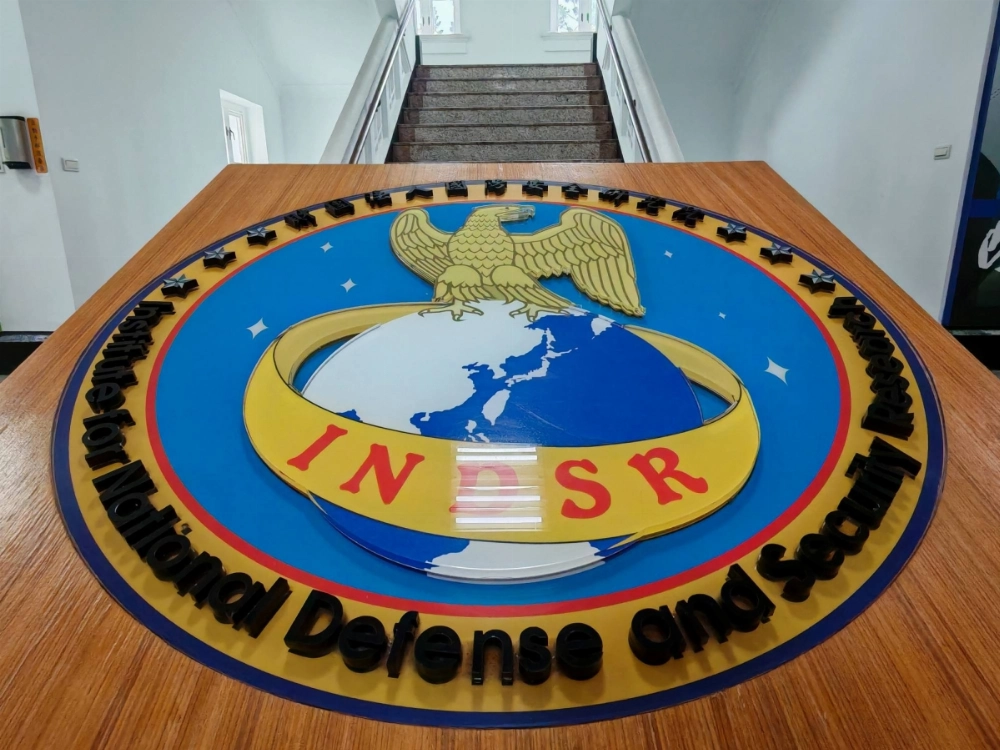To compensate for the growing disparity with China’s military, Taiwan is taking a page from Ukraine’s use of asymmetric warfare capabilities. But it is facing challenges, experts say, as the self-ruled island cannot yet mass-produce key autonomous systems that could help it weather a drawn-out conflict with Beijing.
Taiwan makes many of the components used in advanced weaponry such as microchips, but it needs to invest more in local companies to expand production capacity, according to Ou Si-Fu, deputy chief executive officer at the Institute for National Defense and Security Research (INDSR), the Ministry of National Defense's research arm.
“While we make our own advanced military and civilian drones, we are still partially reliant on acquiring foreign-made systems as we don’t have economies of scale, so we are still short of having a mass-production capability,” Ou said.


















With your current subscription plan you can comment on stories. However, before writing your first comment, please create a display name in the Profile section of your subscriber account page.